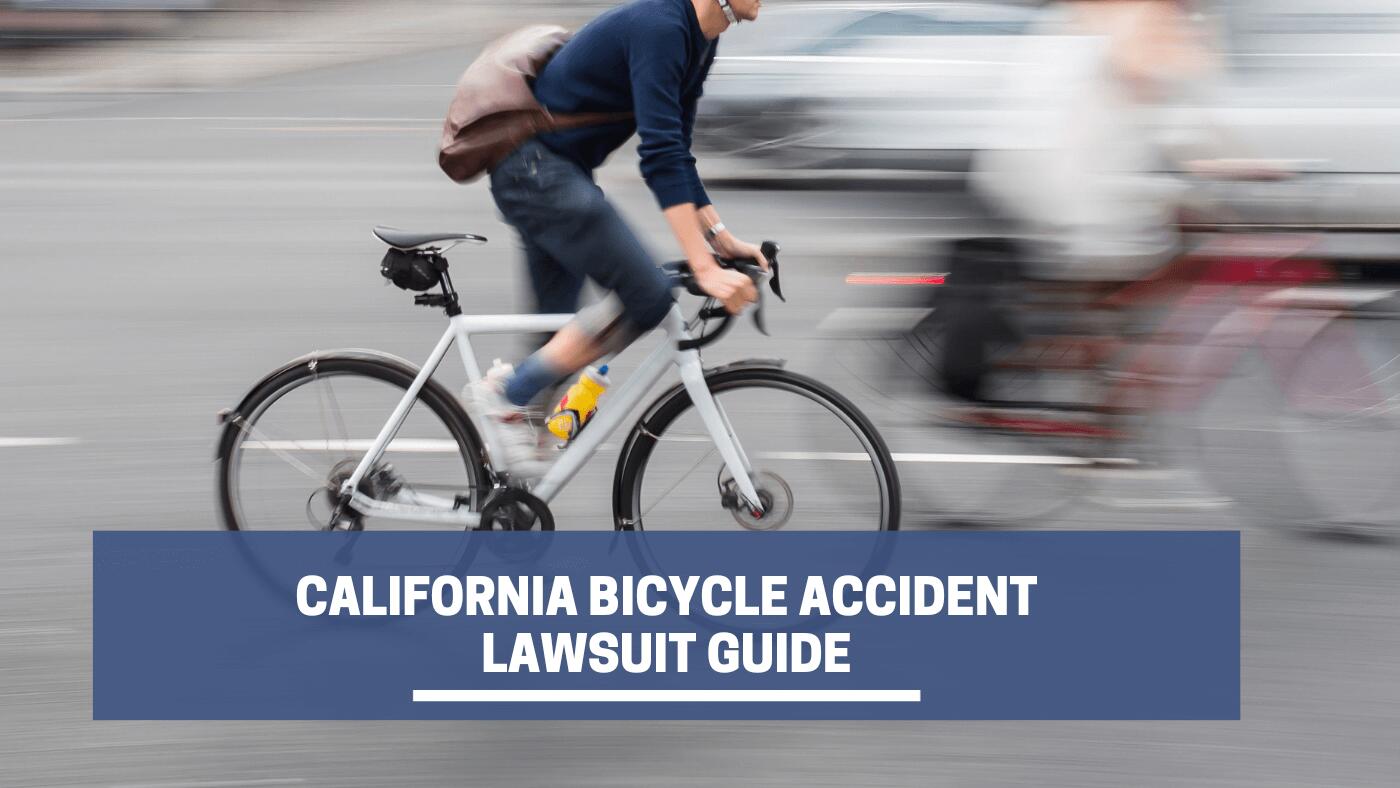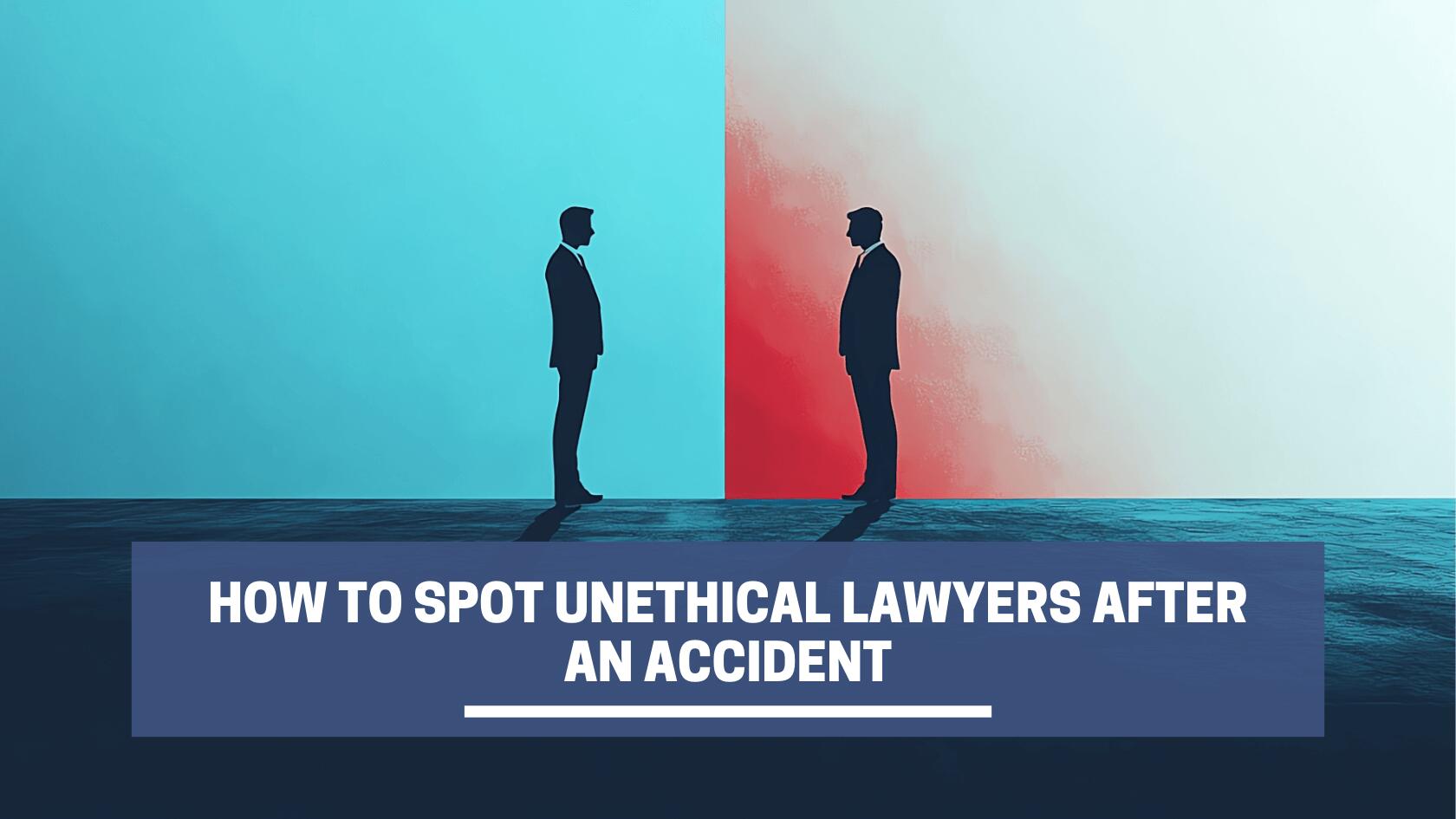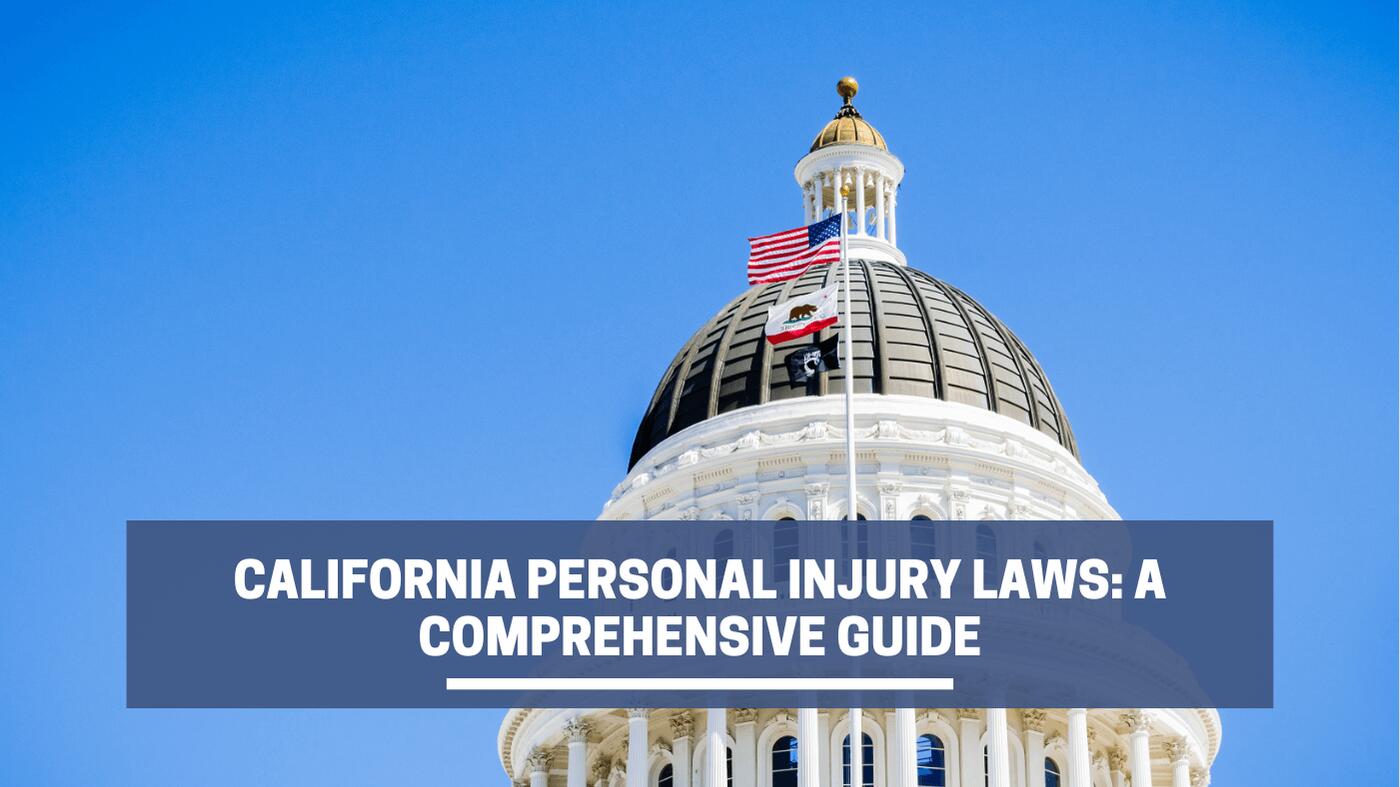As the fourth most cycle-friendly state in the United States, California is home to millions of cyclists enjoying the state’s city streets, roads, and trails. While cycling can be an excellent way to discover the Golden State, it can be dangerous. Many cyclists are injured in collisions with vehicles in accidents, side-swipes, dooring, and intersection crashes.
If you were injured in an accident while riding a bicycle in California, you can file a claim against the responsible party to receive compensation for your damages. Knowing how the legal process works and obtaining the help of a California bicycle accident lawyer can help you seek a fair settlement and focus on recovery.
Bicycle Accident Statistics
According to the Insurance Institute of Highway Safety (IIHS), as many as 2% of all deaths in motor vehicle crashes are bicyclists in the U.S. In 2021, the National Safety Council (NSC) estimated a total of 1,230 preventable bicyclist deaths occurred nationwide. 961 of these accidents involved a motor vehicle.
In California, an estimated 10,000 cyclists are injured, and over 100 die in bicycle accidents each year. The California Active Transportation Safety Information Pages (CATSIP) reports that the counties with the highest bicycle accident fatalities in 2022 were Los Angeles County (176), Orange County (80), San Bernardino County (52), San Diego County (52), and Riverside County (45).
How Long Does it Take to Recover After a Bicycle Collision?
The recovery time after a bicycle accident varies depending on the type and severity of your injuries. Below are a few examples of common bicycle accident injuries and the expected recovery time.
Injury type | Average recovery time | Most commonly injured body parts |
Bruises | Up to 2 weeks | Torso Arms Legs Thighs and shins |
Road Rash | 2 to 3 weeks | Palms Elbows Knees Shoulders Hips and sides of the body |
Sprains and Strains | 2 to 8 weeks (depending on location and severity) | Ankles Wrists Knees Shoulders |
Minor Fractures | 4 to 6 weeks | Hands and wrists |
Major Fractures (broken bones) | 6 to 8 weeks | Hands and wrists Arms Legs Ankles and feet |
Concussions | Up to 2 weeks (Mild) 4 to 8 weeks (Severe) | Head |
Spinal Cord Injuries | Up to 6 weeks for a single slipped or ruptured disc Multiple months or years for more severe cases | Head Back |
Can You File a Compensation Claim for a Bicycle Crash?
If you were injured while riding your bicycle, you may be able to file a compensation claim if another person caused the collision. You may be entitled to damages from one or multiple parties, depending on the circumstances of your accident, including:
- Motor vehicle drivers. Inattentive, distracted, or reckless drivers in cars, SUVs, or trucks often cause bicycle crashes. If a vehicle operator causes your injuries due to speeding, running a stop sign or red light, or other negligent actions, you can file a claim with their insurance for compensation.
- Cities or local governments. Many bicycle accidents occur due to environmental conditions, such as damaged or potholed roads, non-functioning street lighting, or unsafe streets and intersections. In the event of an injury in this scenario, you might have the grounds to hold the city or local government accountable.
- Bicycle part manufacturers. Some bicycle accidents occur due to a defective or poorly designed bicycle part, even if you followed all safety tips for riding. If you were hurt due to a malfunctioning or defective part, such as brake handles or the chain mechanism, you may be able to hold the manufacturer liable for your injuries.
Bicycle Accident Claims Process
After a bicycle accident, your first step is to seek medical attention for your injuries. This ensures you receive appropriate care and documents the damages for future legal actions. Once you have received treatment, you can initiate a claim against the liable party. This process typically involves the following steps:
- File the initial claim. Contact the insurance provider to file a claim. Provide as many details of the accident as possible, such as the list of involved parties, an account of the events, your injuries and damages, and the accident’s exact time and location. Consider working with a bicycle accident attorney before speaking with the insurer to protect your rights and handle all communication. If the at-fault party doesn’t have the required auto insurance for California, you may file a case with your own uninsured/underinsured motorist policy. This pays for damages like medical bills, lost wages, and emotional distress in vehicle collisions where the negligent driver lacks coverage or hit-and-runs.
- Your case is assigned. The insurance company reviews your initial filing and assigns an adjuster to the case. They will evaluate your claim, determine liability, and assess damages. California’s Fair Claims Settlement Practices Regulations require adjusters to contact you within 15 days of filing a claim.
- Case investigation. Your assigned insurance adjuster will conduct an assessment and investigation of the events. They may also request access to your medical records, view evidence of property damage, and look for other evidence, such as security footage or witness statements.
- Post-investigation determination. Once the insurance adjuster has completed their investigation, they will contact you to deny your claim or make a settlement offer. The amount they offer varies depending on your medical expenses, bike repair or replacement costs, and other damages. It may also be limited by the insurance policy’s maximums and your degree of assigned fault.
- Final resolution. If the insurance adjuster makes a settlement offer, you can accept it as offered, negotiate a different offer, or reject it. Your bicycle accident lawyer can provide guidance and help you negotiate a better offer or, if needed, litigate on your behalf.
Average Settlement Amount for Bicycle Crash Claims
Each bicycle accident case is unique, and the average settlement amount for a claim varies. Your attorney will evaluate the following factors to determine fair compensation for your specific injuries and losses:
- Severity of injuries. This evaluates the extent of physical harm you sustained. More severe injuries, such as spinal cord damage or TBIs, typically result in increased medical treatment costs and longer recovery periods, impacting the settlement.
- Medical expenses. This includes costs for both current and anticipated future medical care. Comprehensive and long-term medical treatments, such as surgeries or rehabilitation, contribute to the settlement amount.
- Lost wages and future earnings. This covers income lost due to the accident and the potential impact on future earning capacity. If your injuries lead to prolonged or permanent inability to work, your overall claim can increase.
- Pain and suffering. This refers to the physical discomfort and emotional distress caused by the injuries. The intensity and duration of pain and suffering, for example, long-term or chronic depression and anxiety, help determine compensation.
- Permanent disability or disfigurement. If the accident results in lasting physical changes or disabilities, the settlement reflects the lifelong impact and necessary adjustments to your life, including ongoing care and home modifications.
- Impact on quality of life. This assesses how injuries affect everyday activities and enjoyment of life. Greater negative impacts on daily living and personal enjoyment, for instance, losing the ability to engage in hobbies or impacting your personal relationships, typically result in higher compensation.
- Bicycle repairs or replacement. This covers the cost of repairing or replacing the bicycle. Your lawyer will include the extent of damage to the bicycle and the cost of repair or replacement in the settlement.
Should You Hire a Lawyer for a Bicycle Accident Case?
Hiring a lawyer is essential if you are injured in a bicycle accident. They have the resources, knowledge, and experience to represent your interests throughout the legal process. Your attorney can do the following on your behalf:
- Legal advice and expertise. A bicycle accident lawyer knows all applicable laws, ordinances, and regulations, whether local, state, or federal. They can help you navigate legal procedures, explain your legal options, and provide guidance and advice while handling your case.
- Experience with insurance providers. They can help you avoid common pitfalls when speaking with insurers, such as admitting fault or accepting lowball offers. They can also negotate compensation, helping you get the best possible outcome.
- Case investigation and evidence collection. A bicycle accident lawyer investigates your accident, determines fault, and builds a strong case on your behalf. They have a network of experts, like medical professionals and accident reconstructionists, who can testify to support your case.
- Evaluation of damages. Your legal team can evaluate the full extent of your damages, ensuring you don’t settle for less than you deserve. This includes property damage, medical costs, psychological impacts, and loss of future earnings.
- Representation in court. If negotiations with the other party’s insurers fail, your lawyer can argue your case before a judge and jury and fight for the best possible outcome.
Know Your Rights After a Bicycle Crash
Understanding the legal process after a bicycle crash can help you obtain the compensation you need to recover. Filing a claim with the liable party’s insurer allows you to seek fair damages for your injuries and losses.
A skilled attorney can help streamline the claims process, provide you with peace of mind that your interests are protected, and give you the best chance of a favorable outcome for your lawsuit.











